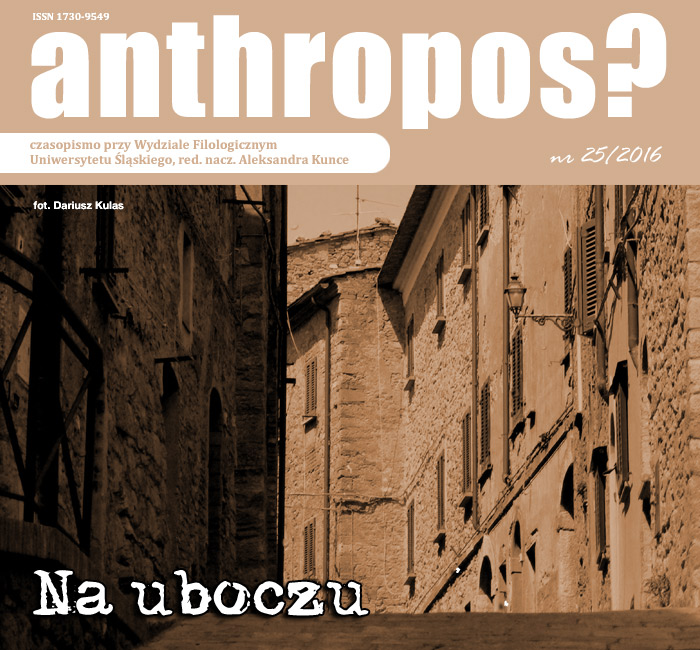Peryferyjność monastycyzmu? Kameduli i cykliczność kultur Pitirima Sorokina
Peripherialism of monasticism? The Camaldolese and cyclicality of cultures by Pitirim Sorokin
Author(s): Andrzej Sarnacki SJSubject(s): Philosophy, Theology and Religion
Published by: Instytut Nauk o Kulturze i Studiów Interdyscyplinarnych - Wydział Filologiczny - Uniwersytet Śląski
Keywords: monastic tradition in culture; the Camaldolese and cyclicality of cultures; Pitirim Sorokin
Summary/Abstract: The text analyzes the possible current meaning of monastic tradition in modern culture, exemplified by the order of Camaldolese. The absolute periphery of a cenobite lifestyle is examined in the dynamics of sequel cultures, once described by Pitirim Sorokin. The presently dominant sensate culture consists in materialistic worldview. The material is regarded as the ultimate reality, accessible only through sensory experience (hence the concept of empirically based science). The art is attracted to what is common, erotic or pathological. It questions everything heroic, holy, as well as any sort of spiritual perfection or sacrifice. The ideational culture upholds the contrary position, focusing on spiritual and moral values of human existence. The preferred access to the truth comes through meditation, spiritual insight, ecstasy or mystical revelation. The art is directed towards religion, patriotism, morality, elevating what was mundane, mediocre, vulgar or negative. These two opposite cultures succeed one other in cycles lasting a few centuries. From that perspective, a life sacrificed to contemplation is both a remnant of the previous stage of the culture, as well as forerunner of the impending future. Although viewed as anachronistic, the monastic life points towards the deepest meaning of human existence, and therefore could be seen as the possible renewal in the late stage of decadence characteristic of the sensate culture.
Journal: Anthropos?
- Issue Year: 2016
- Issue No: 25
- Page Range: 30-43
- Page Count: 14
- Language: Polish

